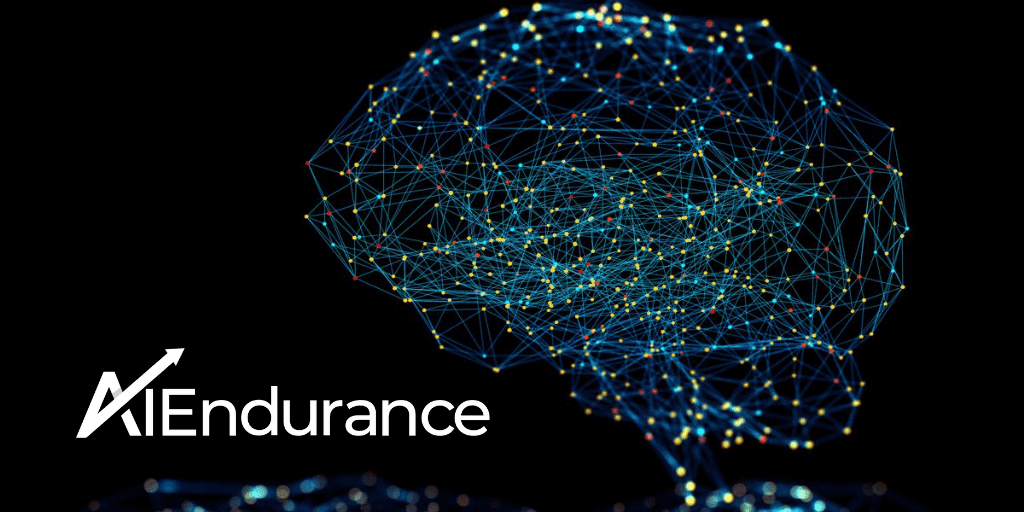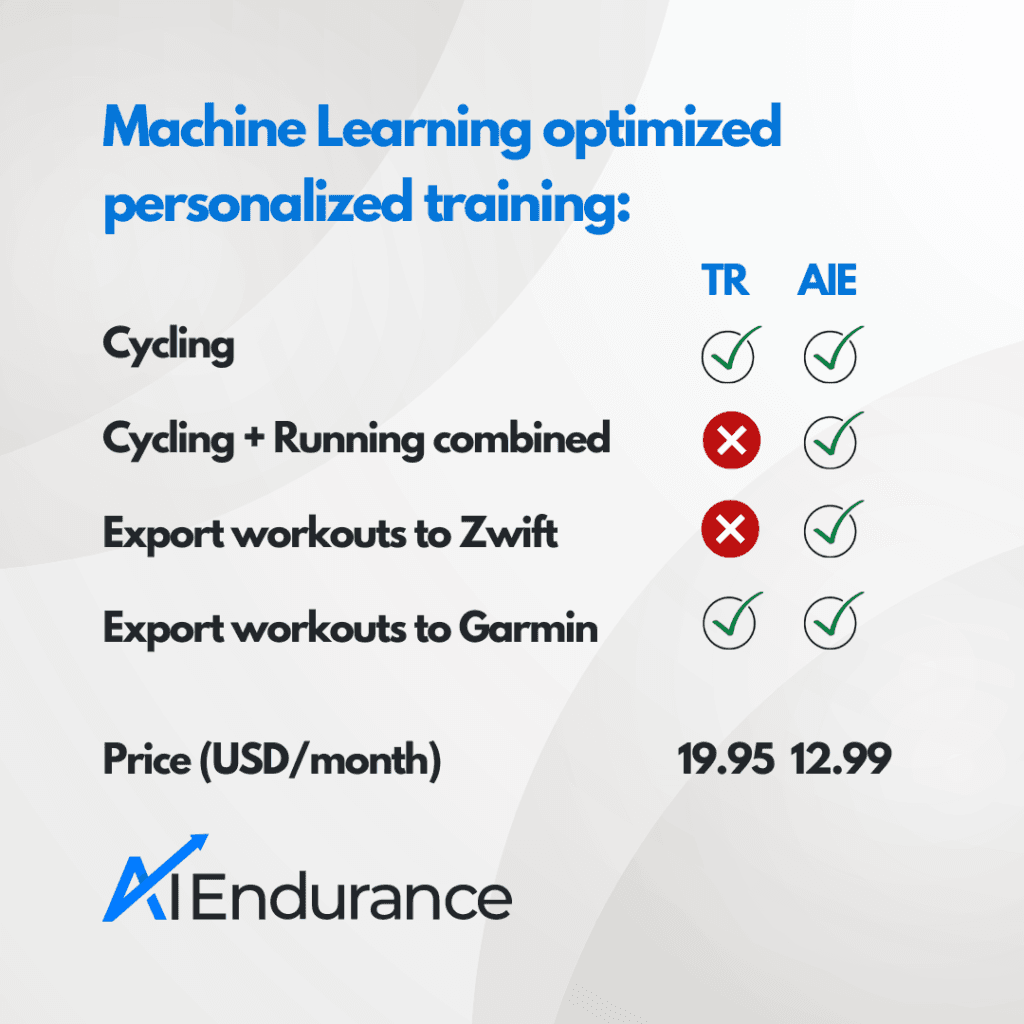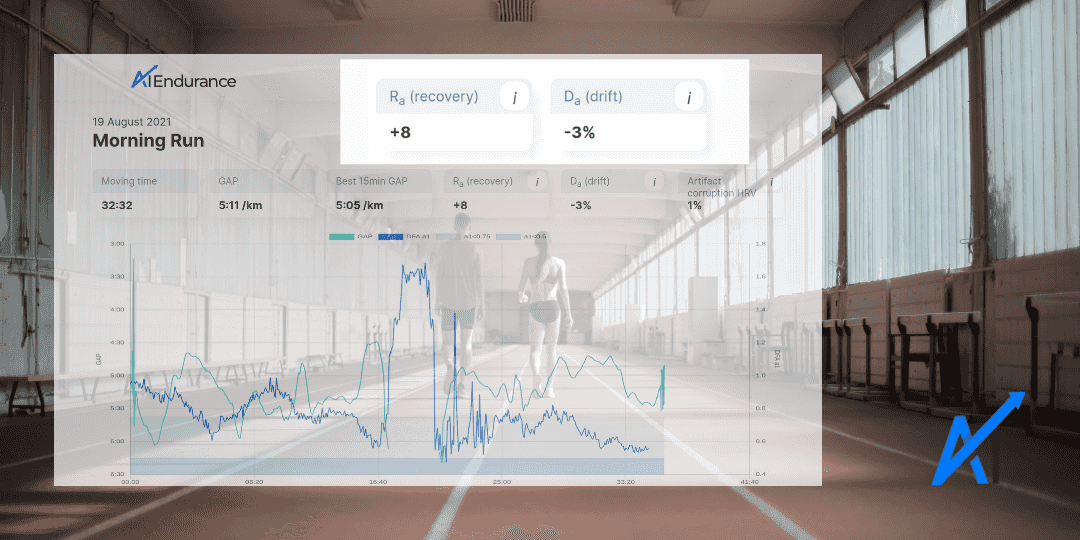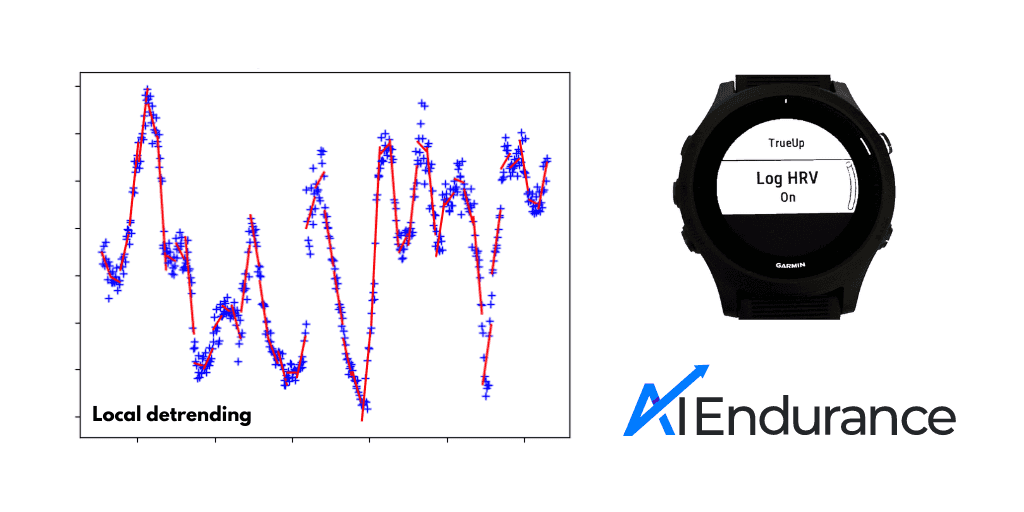
There are different options on the market for optimized AI training plans that are based on applying machine learning to your individual data. In this post, we compare the different options and their features.
We are big fans of TrainerRoad (TR) and their training plans which we have personally used extensively in the past. TR has announced adaptive training which "uses machine learning and science-based coaching principles to intelligently adjust your training plan, so you get the right workout, every time".
At this point TR is recommending one-off workouts 'TrainNow'. This feature looks similar to Garmin's daily recommended workout. TR is looking to incorporate more machine learning into their app in the future. For more info, see DC Rainmaker's post.

AI Endurance uses cutting edge machine learning technology (we even developed some our own methods) to create personalized AI training plans. The plans are based on your historical data and are predicted to give you the biggest performance gains for the time you have available for training. The AI is guided by best practices established around endurance training. It adapts your training as you progress through a training plan.
You can get cycling plans, running plans and also triathlon plans that take both your running and cycling data into account simultaneously. We predict your performance on your event date for the most common event types from 5k to Ironman.
You can also easily get your AI Endurance workouts into Zwift for both cycling and running. So if you're using Zwift already you can simply execute your personalized workouts there. You can also do your workouts directly from your Garmin device.
We believe that this is just the beginning of using machine learning to help endurance athletes improve. It is a classic problem where no human being can possibly wrap their head around all the possible ways we could structure endurance training and what the possible outcomes would be. AI however - can.

Daily readiness to train is affected by many factors including sleep, illness and training load. Heart rate variability (HRV) readiness to train metrics typically rely on measurements taken immediately upon waking in the morning. We introduce an HRV readiness to train and a durability metric based on DFA alpha 1 (a1) measurements taken during exercise. These new metrics provide additional insights and do not require you to measure HRV upon waking.

DFA (detrended fluctuation analysis) alpha 1 is an HRV (heart rate variability) based aerobic and anaerobic threshold estimation method. It only requires a heart rate monitor that tracks HRV data. It has the potential to track your thresholds automatically without dedicated test workouts.

When it comes to sport and fitness, it’s not all about training hard but it’s about training smart. We are often asked about training plans and if they are worth your money to invest in them.

by Grant Paling. In his last blog post in a series of three, "I don’t really know how I’m doing," Grant reflects on self-assessment and personal growth, emphasizing the role of AI Endurance in setting realistic goals and predicting performance in triathlons.